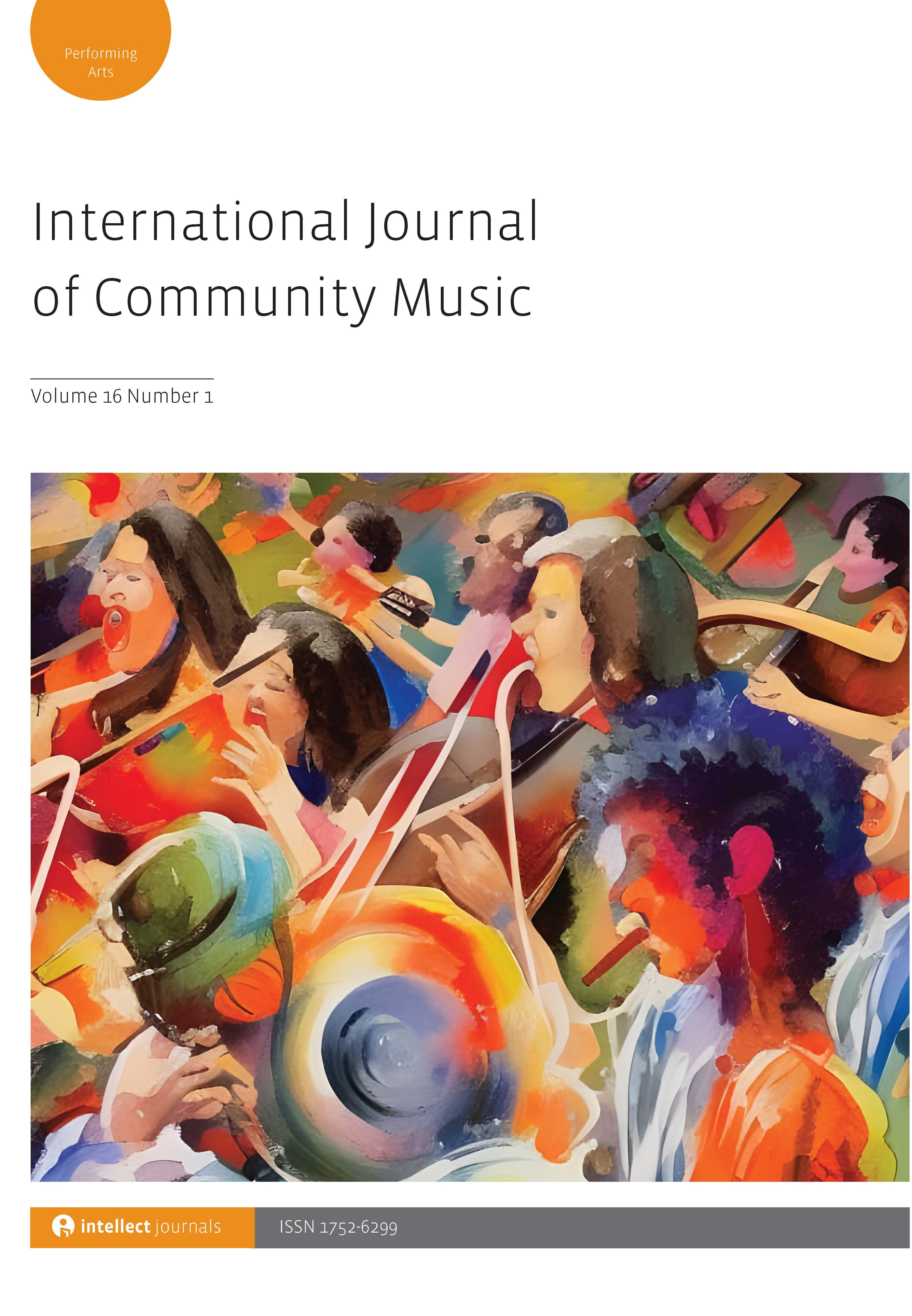
Full text loading...
 , Amy Bertleff2
, Amy Bertleff2 , Mary Dellmann-Jenkins1
, Mary Dellmann-Jenkins1 , Meredith Flory3
, Meredith Flory3
This study describes the development of the Dimensions of Community Band Participation (DCBP) Scale to measure musicians’ motivations for participating in community bands. Participants (N = 67) included members of a university-sponsored community band consisting of both university students and community members. Members ranged in age from 18 to 73 (M = 28). In addition to completing the DCBP Scale, participants responded to two additional open-ended questions that allowed researchers to assess participant involvement and retention in the community band. The DCBP provides insight into key reasons for participation across all age groupings within adulthood and calls attention to three important aspects of participation: fellowship, personal musicianship and conductor leadership. Implications for this measure include providing community band directors with insight into members’ expectations and motivations for joining and continued participation.

Article metrics loading...

Full text loading...
References


Data & Media loading...

Publication Date:
https://doi.org/10.1386/ijcm_00063_1 Published content will be available immediately after check-out or when it is released in case of a pre-order. Please make sure to be logged in to see all available purchase options.